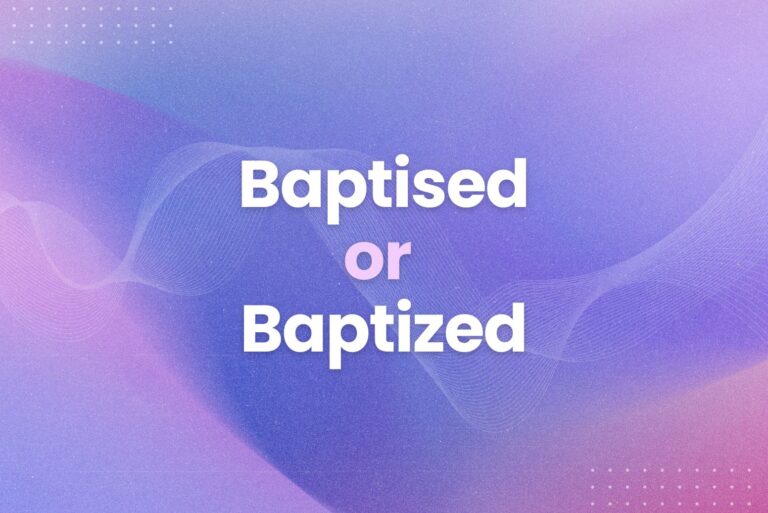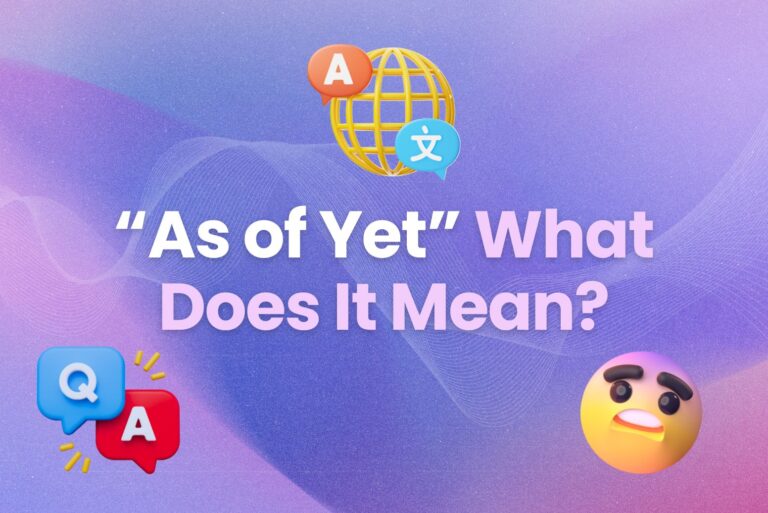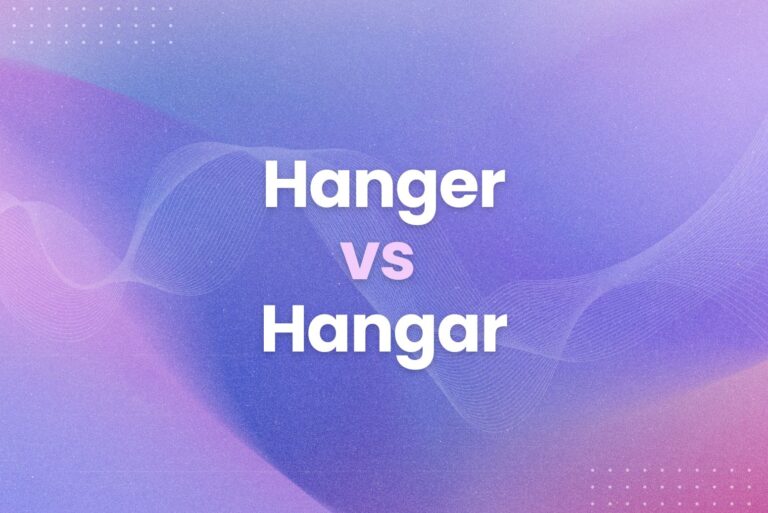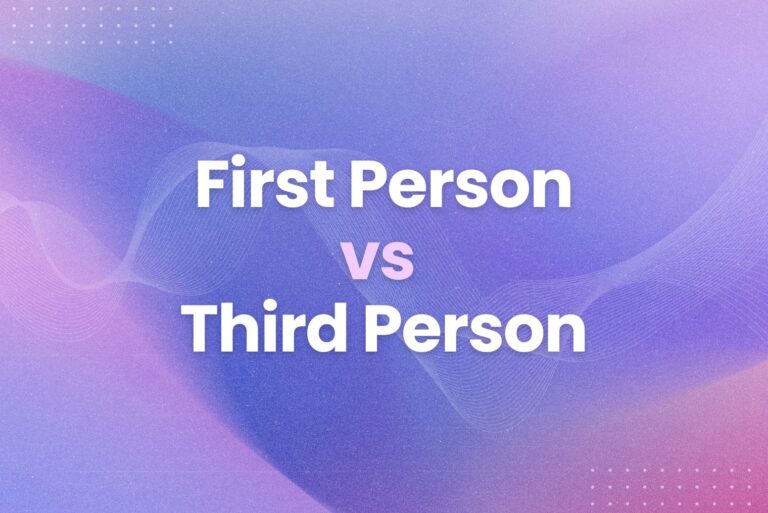In Regard vs In Regards: Finally, the Answer is Here
Grammar gremlins can be a real pain. One tiny slip-up, and your writing loses its polish. The in regard vs in regards dilemma is a classic example. It’s a small thing, but getting it right makes a big difference.
We’ll clear up the confusion once and for all. This guide will give you the definitive answer, so you can write with confidence.
Here’s what we’ll cover:
- Firstly, the correct form: in regard
- Secondly, why in regards is incorrect
- Also, some examples of correct usage in sentences
- In the end, tips to remember the rule
The Correct Form: In Regard
So, let’s get straight to the point: the correct phrase is in regard. No “s” at the end. It’s that simple. Think of it like this: you wouldn’t say “in respects” or “in concerns,” right? The same logic applies here. In regard is the standard, accepted form. It’s the one you’ll find in dictionaries and style guides.
In regard means “concerning” or “relating to.” You can use it to introduce a topic or subject. For example, you might say, “In regard to your question, the answer is yes.” See how it flows? It’s clear, concise, and grammatically correct.
Furthermore, using the correct form shows professionalism. It demonstrates that you pay attention to detail and value clear communication. In business, academic writing, or any situation where precision matters, using in regard is the way to go. It boosts your credibility and makes your writing more polished.
Why In Regards Is Incorrect
Now, let’s tackle the in regards misconception. Why is it wrong? Well, it’s considered redundant. The “s” on “regards” is unnecessary and grammatically incorrect in this context. The phrase in regard already conveys the meaning of “concerning” or “relating to.” Adding an “s” is like saying “concernings” – it just doesn’t work.
Think of it like a double negative. You wouldn’t say “I don’t know nothing,” because the two negatives cancel each other out. Similarly, in regards uses two “concerning” elements, making it redundant. It’s simply not standard English.
Moreover, using in regards can make your writing sound less formal and even a bit unprofessional. It’s a common mistake, but one that you can easily avoid. Sticking with in regard shows that you understand the nuances of grammar and are committed to clear, concise writing. It’s a small change that can make a big difference in how your writing is perceived. So, ditch the “s” and embrace the simplicity of in regard. Your writing will thank you for it.
Examples of Correct Usage in Sentences
Okay, so we know in regard is correct, but how does it look in actual sentences? Let’s check out a few examples:
- “In regard to the upcoming deadline, we need to finalize the project proposal.” This clearly introduces the topic of the deadline.
- “Please submit your application in regard to the open position.” Here, it connects the application to the job opening.
- “In regard to your previous email, I’ve attached the revised contract.” This example refers back to a previous communication.
- “The company has new policies in regard to employee conduct.” This sentence explains that the policies concern employee conduct.
- “In regard to the budget, we need to make some adjustments.” This example shows how to use in regard when discussing financial matters.
These examples show how in regard seamlessly integrates into various sentence structures. It’s a versatile phrase that can be used in many contexts. Notice how it always introduces the topic or subject being discussed. This clarity is key to effective communication. Using in regard correctly makes your writing more precise and easier to understand.
Tips to Remember the Rule (In Regard vs In Regards)
Here are a few tips to help you remember the in regard rule:
- Think of similar phrases: As we mentioned before, you wouldn’t say “in respects” or “in concerns.” This analogy can help you remember that in regard is already complete and doesn’t need an “s.”
- Use it actively: The best way to learn is by doing. Make a conscious effort to use in regard in your writing and speaking. The more you use it, the more natural it will become.
- Read widely: Pay attention to how professional writers use the phrase. Reading well-written content will reinforce the correct usage in your mind.
- Create a mental shortcut: Come up with a mnemonic or a catchy phrase that reminds you of the rule. For example, you could say, “Regard is singular, so no ‘s’ is needed.”
- Practice with Arvin: You can always ask Arvin for examples of correct usage, or to check your own writing for errors. Arvin is a great tool for catching grammar mistakes on the spot.
By using these tips, you can solidify your understanding of the in regard rule and avoid making this common grammar mistake. Remember, clear communication is essential, and getting these little things right can make a big difference.
Ready to Write with Confidence? Arvin’s Got Your Back
The in regard vs in regards mystery is solved. Stick with in regard, and you’ll be writing with clarity and confidence. It’s a small detail, but it speaks volumes about your attention to grammar.
Here are the key takeaways:
- First of all, the correct phrase is in regard.
- Secondly, In regards is incorrect and considered redundant.
- Thirdly, In regard means “concerning” or “relating to.”
- Also, use in regard to introduce a topic or subject.
- Lastly, practice and remember the tips to solidify your understanding.
Now, you can put this grammar lesson into action. And if you ever second-guess yourself, Arvin is there to lend a hand. Just chat with Arvin on any webpage, and it can check your grammar for you, ensuring your writing is always polished and professional. With Arvin, you can write with confidence, knowing your grammar is on point.
FAQs About In Regard vs In Regards
What is the difference between regard and regards?
Regard is a verb meaning “to consider” or “to look at.” For example, “I regard him as a friend.” It can also be a noun meaning “respect” or “consideration,” as in “He has no regard for my feelings.”
Regards, on the other hand, is primarily used as a closing in letters or emails, like “Best regards.” It can also be used as a noun meaning “best wishes,” such as, “Give my regards to your family.” Therefore, the key difference lies in their usage: regard is for considering or respecting, while regards is for closing or sending wishes.
Is it regard or regards in email?
When using the phrase in regard to, it’s always regard, not regards. However, when closing an email, regards is the standard and accepted form. So, you would write “In regard to your inquiry…” in the body of the email, but “Best regards,” “Kind regards,” or simply “Regards” at the end. In short, regard is for the phrase in regard to, and regards is for email closings.
What is an example of in regard to?
An example of in regard to is: “In regard to the upcoming conference, we need to book our flights.” Here, in regard to introduces the topic of the conference. Another example is: “In regard to your question about the budget, the details are in the attached document.” This shows how in regard to can refer back to a previous question or communication.
What is the meaning of regards in?
Regards in is not a standard English phrase. The correct phrase is in regard to. Regards by itself, as mentioned earlier, is used for closing emails or conveying best wishes. For example, “Give my regards to your parents” means “Send my best wishes to your parents.” Therefore, while regards has its own specific uses, it doesn’t fit within the phrase in regard to.





